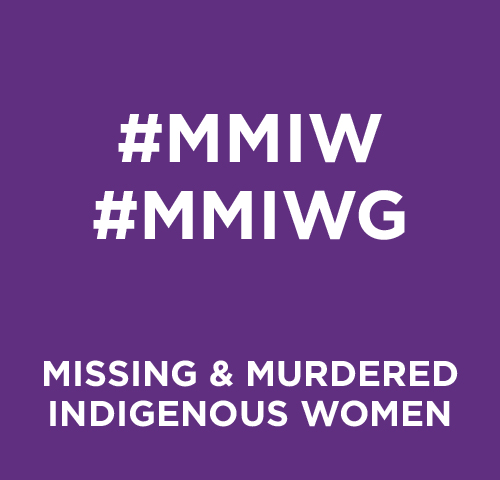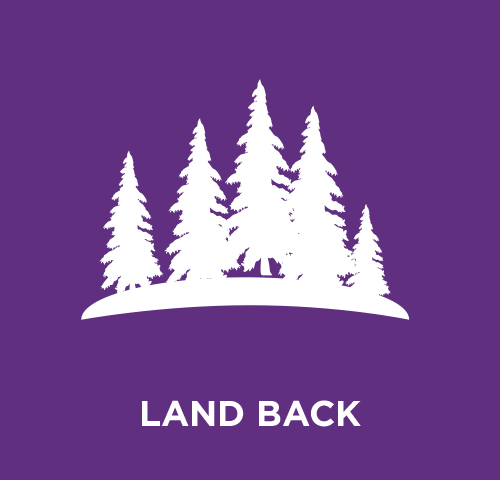What are residential schools? In Canada, residential schools refers to the school system created by the Canadian government and run by churches which aimed to educate Indigenous youth with the objective of indoctrinating them into Euro-Canadian and Christian lifestyles and assimilating them into Canadian society. Residential schools were first established in the 1880s and were popular throughout the 20th century, with the last school closing in 1996 (An Overview of the Indian Residential School System).
This system forcibly separated children from their families and homes and relocated them for long periods of time to attend ‘school’. They were forbidden from acknowledging their Indigenous heritage or culture, and even speaking their own languages.
Former residential school students have spoken about the horrendous living conditions and abuse that took place at these schools. From physical, sexual, and emotional abuse to lackluster education and training in manual labour in agriculture, light industrial work in woodworking, and domestic work like laundry and sewing.
There were at least 139 residential schools across Canada and it is estimated that over 150,000 First Nations, Inuit and Métis children, aged 4 to 16, attended these schools.
The Canadian Government has only recently begun to acknowledge the residential school system as a cultural genocide and that this system was in face to “kill the Indian in the child.”
Learn more about residential schools:
- First Nations and Indigenous Studies program from the University of British Columbia
- Read more about the system here from the Union of Ontario Indians.
- Location of residential schools. Check out this interactive map of Residential Schools in Canada from the Canadian Encyclopedia. The closest one to Waterdown was the Mohawk Institute located in Brantford, Ontario.



